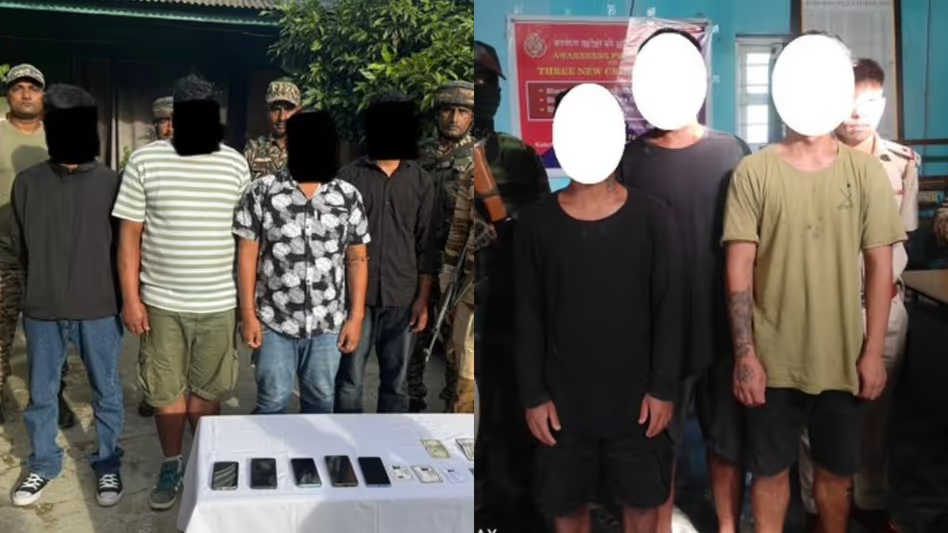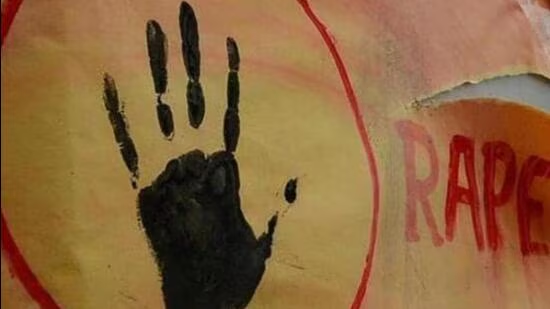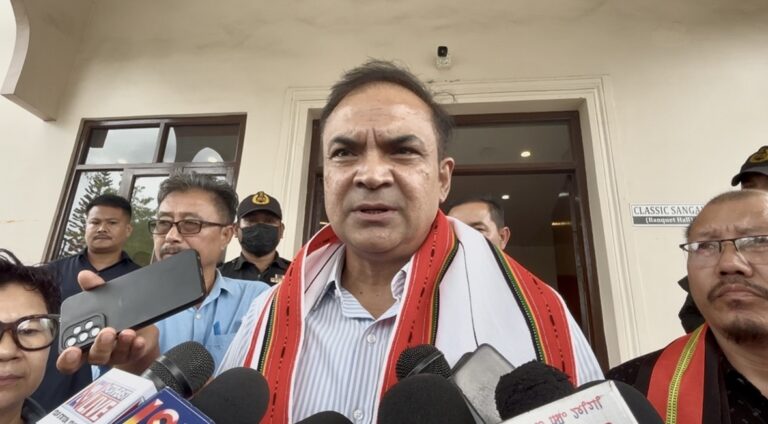Manipur Police’s Strategic Strike: Arresting Seven Militants in a Unified Crackdown
Article Summary
Manipur Police recently executed coordinated operations across the state, leading to the arrest of seven militants from various banned outfits, including PLA, PREPAK, UPPK, and KCP (PWG). Conducted in districts like Imphal East, West, and Churachandpur, the raids also uncovered a substantial weapons cache—ranging from mortars and rifles to hand grenades and tear-smoke shells. This move is part of a sustained crackdown aimed at restoring law and order amid ongoing ethnic tensions and violence.
1. Introduction: A Bold Move Toward Stability
Imagine a state where violence lurks around the corner, fueled by clandestine groups with hidden armories and complex extortion networks. That’s modern-day Manipur—a region simmering with tensions that have erupted into tragic violence at times. This latest operation by Manipur Police, targeting seven militant cadres, is a decisive step toward reclaiming peace across the state’s troubled valleys.
But let’s peel back the layers and unpack what this means for Manipur—and what lies ahead.
2. The Who: Militants and Their Networks
So, who were these seven militants? Here’s a quick breakdown based on police reports:
- Two UPPK operatives, including Yumnam Prem Meitei, aged 23, apprehended in Imphal West’s Kangla Pat
- One active militant of KCP (PWG), arrested at polo ground parking, Imphal West
- One PREPAK cadre taken into custody in Seijang Awang Leikai, Imphal East
- One PLA member, Mutum Norin Meitei (33), detained from Napet village, Imphal East
- Three more across various districts of Meitei and Kuki affiliations—details blurred in underground operations, but enough to destabilize extortion and intelligence networks.
These men aren’t mere foot soldiers—they’re part of broader, entrenched ecosystems that span across the Imphal valley and steep hills beyond.
3. The Where: A State Under Siege
The operations unfolded strategically:
- Imphal West (Kangla Pat & Polo Ground) – hubs of activity and arrest zones
- Imphal East (Napet & Seijang Awang Leikai) – key battlegrounds between insurgent and communal lines
- Churachandpur District (Lamzang Village) – where rifles, rocket bombs, and mortars were discovered
With insurgent strongholds spanning urban and rural terrain, the police mapped coordinates and sealed routes, disrupting supply chains and communication.
4. The What: Weapons, Explosives, and Intimidation
This raid wasn’t just about arrests—it hit hard at the militants’ firepower:
- A .303 rifle, a .32 pistol, a bolt-action single-barrel rifle
- Two improvised mortars (“pumpi”), rocket bombs, and hand grenades
- 21 tear-smoke shells, cartridges, and assorted ammunition
These aren’t backyard firecrackers—these are military-grade tools of warfare. Their discovery is a clear sign that insurgents were well-equipped for violent extortion or staging attacks.
Conclusion: A Hopeful Reset
This wave of operations is more than a headline—it’s a pivotal moment. It shows a reload of resolve by Manipur’s security forces. They’ve hit insurgents hard, seized deadly arsenal, and delivered a psychological blow to extortionist networks.
Still, long-term calm won’t just come from police force. It needs governance, justice, dialogue, and healing.
This isn’t the endgame. It’s a rallying point.
11. FAQs
1. Why were seven militants arrested—and why now?
These arrests were part of broader intelligence and security initiatives targeting rising extortion and arms smuggling across Manipur, carried out as part of ongoing joint operations this July.
2. What types of weapons were seized?
Police recovered military-grade equipment: .303 rifles, .32 pistols, bolt-action rifles, mortars, rocket bombs, grenade components, and tear-smoke shells.
3. How often do these operations occur?
Regularly—several have taken place since March, including six militants in May, nine in June, and now seven in July. This marks a consistent crackdown.
4. Does this calm the ethnic tensions?
It helps—taking out militants reduces violence—but solving the deeper Meitei–Kuki grievances requires prolonged trust-building.
5. Will internet shutdowns continue?
Authorities used shutdowns in June to control unrest. Future use will depend on security and political developments.




